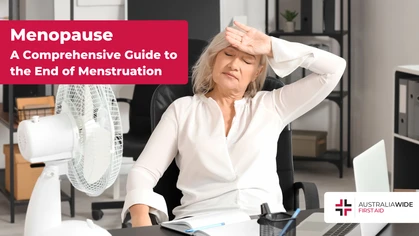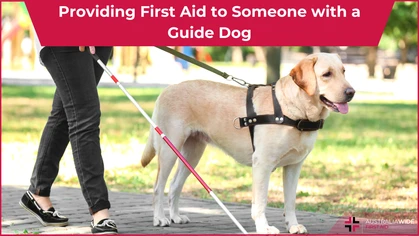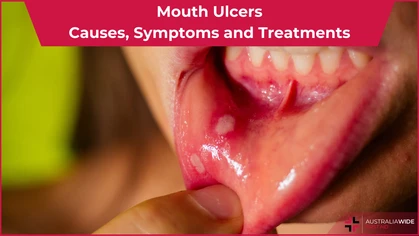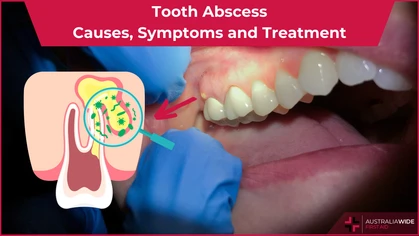What is hypotension?

General Health-Related
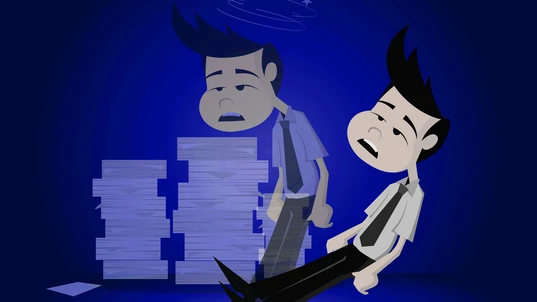
Hypotension can cause dizziness, weakness, blurred vision, and in severe cases, loss of consciousness.
Hypotension is a medical term used to describe the condition of abnormally low blood pressure. Blood pressure is measured in units of mercury (mmHg) and represented by two numbers, one on top of the other. The first or upper value is called systolic pressure, the pressure in the arteries as the heart fills them with blood. The second or lower number is called diastolic pressure, the pressure in the arteries between beats, as the heart rests. Optimal blood pressure is less than 120/80 mmHg, while abnormally low blood pressure is less than 90/60 mmHg. Low blood pressure in healthy people, without any symptoms, is not usually a concern. But low blood pressure that occurs suddenly and/or with symptoms, especially in elderly people, can indicate an underlying problem and lead to insufficient blood to the heart, brain, and other vital organs. Hypotension can cause dizziness, weakness, and blurred vision. More severe cases lead to loss of consciousness and can be life-threatening.What causes hypotension?
It is important to note that your blood pressure usually varies throughout the day, and it can depend on what you're doing and how you're feeling at any particular time. Low blood pressure can also be symptomatic of a fit and healthy lifestyle, especially if it occurs without any symptoms and does not linger for days on end. In saying that, low blood pressure can be caused by hereditary factors, and it can even develop as a person gets older. Low blood pressure can also be caused by:- Being pregnant
- Some medical conditions e.g. diabetes
- Some medicines
- Standing too quickly
- Emotional stress
- Dehydration, which can reduce blood volume
- Heat, as the body pushes blood into vessels of the skin in response to heat, which leads to dehydration
- Donating blood
- Blood loss from trauma
- Heart disease, which can hinder the pumping action of the heart
- Some nervous system disorders
- Anaphylactic shock
What are the symptoms of hypotension?
- Lightheadedness
- Unsteadiness
- Weakness
- Dizziness
- Blurred vision
- Fatigue
- Loss of consciousness

What to do about low blood pressure
Here are some things you can do to alleviate low blood pressure symptoms:- Take your time when standing up
- When getting out of bed, move slowly into a sitting position before standing
- Use solid blocks to raise the head of your bed by about 15 cm
- Eat small, frequent meals, and make sure to rest after each one
- Drink more water
What NOT to do about low blood pressure
Here are some things that may trigger low blood pressure symptoms:- Sitting or standing for long periods
- Bending down or standing up suddenly
- Drinking caffeine at night
- Drinking too much alcohol
Treatment for low blood pressure
Treatment will depend on the cause. Depending on the cause found by your doctor, recommended treatment might include:- Changing the type and/or dosage of your medicine
- Wearing support stockings, as these apply gentle pressure to promote blood flow
Originally published at
https://www.australiawidefirstaid.com.au/resources/what-is-hypotension
as part of the Australia Wide First Aid Articles Library

